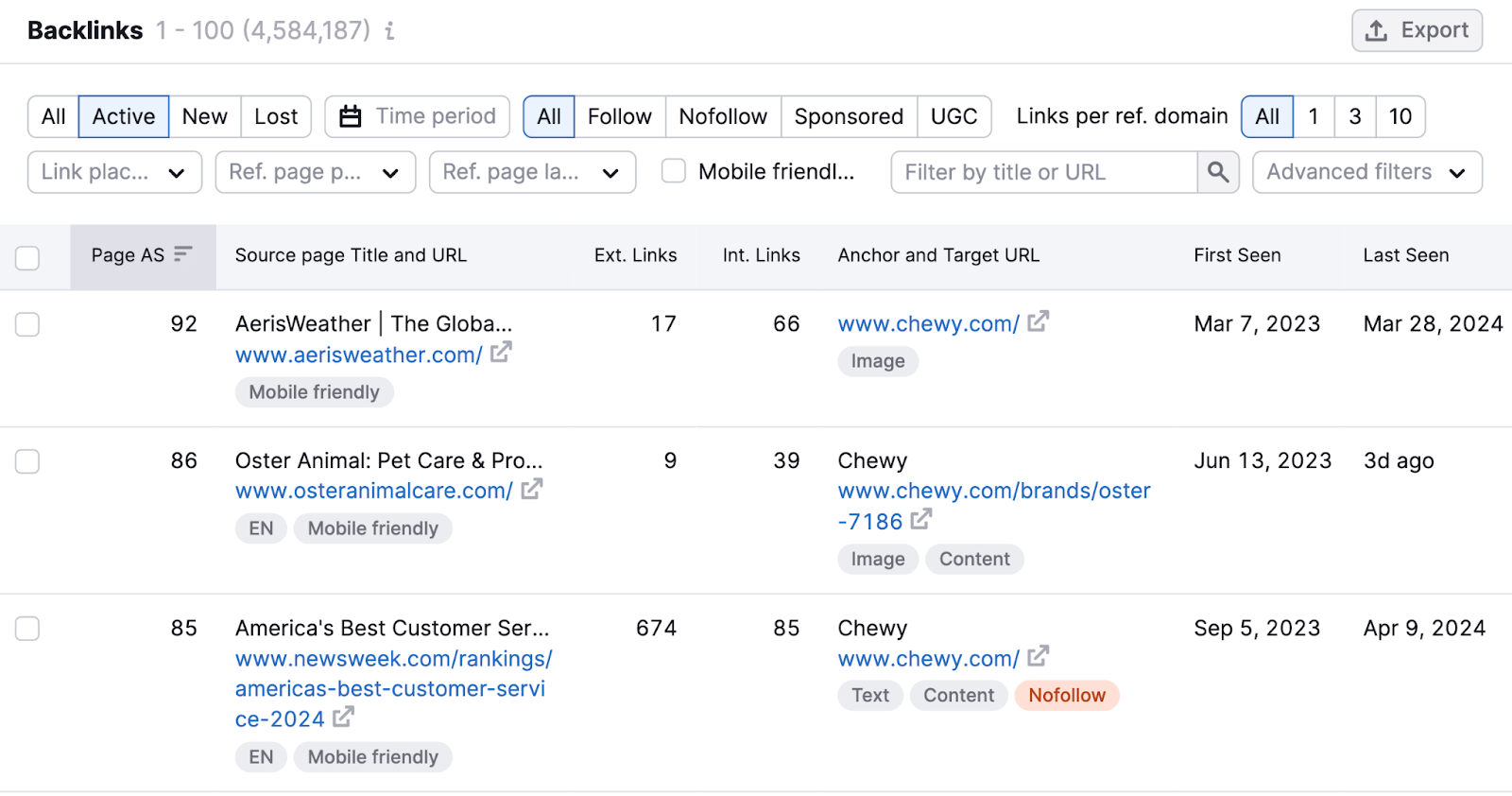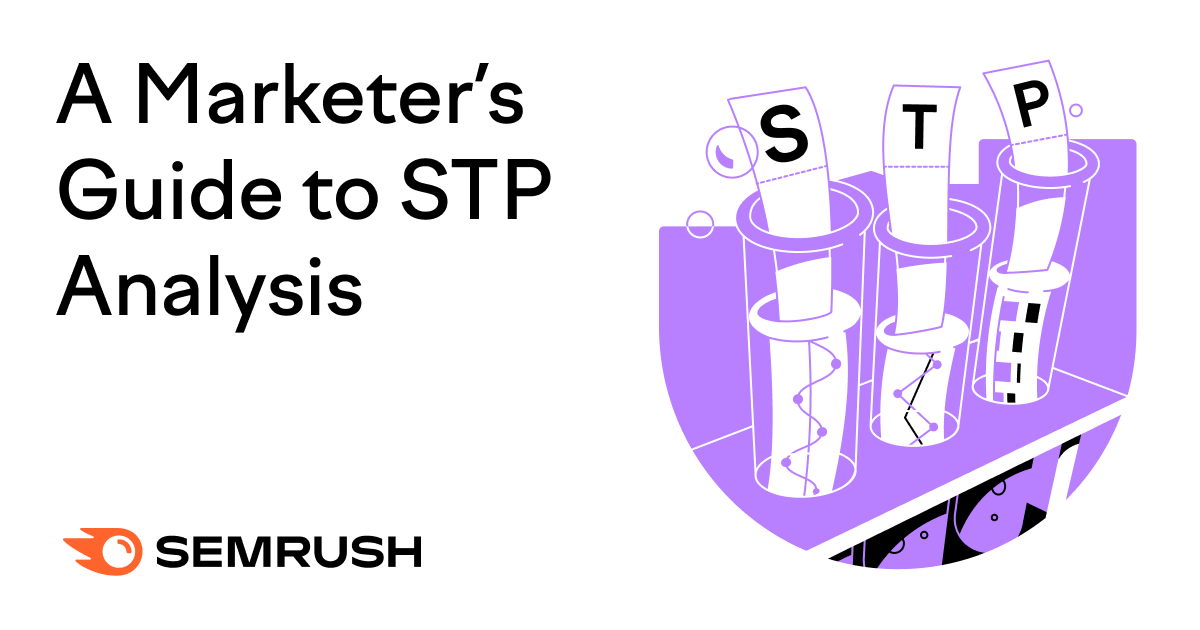How SEOs can detect and address user data leaks

In today’s data-driven era, regulations such as GDPR safeguard user privacy, while SEO professionals control what appears in search engine results.
Despite ongoing changes in both fields, however, the relationship between data protection and SEO is not well-explored.
This gap has devastating consequences, as personally identifiable information (PII) data indexed in search engines is instantly discoverable, harvestable and exploitable.
When personal data is exposed, individuals are at a higher risk of experiencing identity theft, financial loss, account hijacking, medical fraud, harassment, stalking, threats and emotional distress.
Consumers worldwide lost nearly $9 billion in identity theft in 2022 and one in three Americans are victims.
For organizations involved in the leaks, this can translate into:
- Loss of reputation.
- Loss of customers.
- Legal and regulatory action.
Not all these damages are due to intentional breaches – some result from preventable errors when accidental data leaks go unnoticed and find their way into Google and other search engines.
Basic precautions, monitoring and a solid incident response plan can help SEOs prevent these accidents, protecting organizations and their users.
What is PII data?
PII stands for personally identifiable information. It refers to any data or information that can be used to identify, contact, or locate a specific individual. This includes:
- Names: Full names or partial names of individuals.
- Contact information: Email addresses, phone numbers, physical addresses or social media profiles.
- Financial information: Credit card numbers, bank account details or financial transaction records.
- Health information: Medical records, health insurance details or other healthcare-related data.
- Identification numbers: Social Security numbers, passport numbers, driver’s license numbers or employee IDs.
- Login credentials: Usernames and passwords.
If exposed, any PII data may get crawled and included in Google’s index in some form.
How does PII data get exposed and indexed?
There are many ways in which personal data can get unintentionally exposed to crawlers and indexed in search engines. Some of the more common ones include:
Bugs and accidental rendering
- Bugs can cause PII data to be rendered in unintended places.
- For example, sensitive data reserved for a specific audience (logged-in users that meet a set of conditions) is made fully public or rendered in HTML, where crawlers pick it up.
Unintentional publishing
- Website administrators or content creators may accidentally publish documents or pages containing PII.
User-generated content (UGC)
- Websites that allow UGC, such as marketplaces, forums, blogs with comment sections, or social media platforms, can expose PII if users post personal information that search engines can find and index.
Cloud storage misconfigurations
- Data stored in cloud-based services can be inadvertently exposed if the storage settings are misconfigured.
URL parameters
- Passing sensitive user details in URL parameters can create privacy and security risks. This is especially true for transactional pages or checkout flows.
Searchable databases
- Some websites use search functionality that allows users to query databases containing PII.
- SEOs must ensure that indexable search results do not display PII and that search engine bots are blocked from crawling sensitive areas.
Third-party data sharing
- A third-party vendor, partner or affiliate who doesn’t fully adhere to data protection standards could cause a leak of your customer data.
Browser extensions
- Some browser extensions may initiate actions that can modify page content, execute JavaScript code, or potentially expose the URL to external systems or platforms.
- Others may interact with third-party services or APIs, such as saving content to cloud storage.
- If improperly configured, these extensions can expose PII content.
Monitoring for PII leaks
Once search engines index data, removing it from the internet can be challenging.
Even if the source of the leak is secured, copies may already exist elsewhere, making it accessible to anyone who knows where to look.
Regular monitoring is crucial. SEOs can do a lot to reduce the risks:
Regular website audits
Conduct regular website audits to identify areas where sensitive customer data might be exposed.
Utilize crawling tools and set up automated alerts to spot potential issues before they become major problems.
Manual content review
Manually review website content to ensure that PII is neither visible on the page nor rendered in HTML.
Pay special attention to contact forms, login pages, pages displaying user information and user-generated content sections.
Monitor SERPs
Regularly check SERPs using advanced operators to identify any unintentionally indexed pages that contain sensitive data.
Search for specific PII elements like names, addresses, phone numbers and any other keywords or phrases relevant to your website that might indicate a leak.
Look for PII data found in snippet titles and meta descriptions.
Set up Google Alerts
Create Google Alerts for specific keywords or phrases related to your brand and sensitive data to receive notifications if any matching pages get indexed.
Customer feedback
Often, customers are faster and better at spotting issues than in-house teams.
Ensure you have an easy way for users to report problems and concerns, including data leaks.
Likewise, your customer support team must be trained to identify and act on this information, alerting the relevant teams and helping prioritize the work.
Pay special attention to URL parameters
Customer data passed through URL parameters can be very challenging to detect, especially if the URL has a 302 response code and is part of a redirection chain, for example, during an ecommerce checkout flow.
Once indexed in Google, these URLs will be discoverable and scrapable. But as 302s, they will redirect away when clicked, making them harder to detect.
In addition to testing onsite checkout flows and monitoring SEPRs, it’s good practice to monitor 302s and 301s via access logs.
There are several alternatives to relying on URL parameters for passing customer data, including:
Form submissions (sending the data to the server via a POST request without exposing data in the URL).
- Cookies.
- Session management.
- APIs.
- And more.
Get the daily newsletter search marketers rely on.
Preventing accidental SEO PII leaks
While it’s difficult to ensure complete protection, there are many steps that SEO can take to minimize the risks of accidental exposure and search engine indexing of sensitive data.
Block public access
Internal account or administration pages, transactional pages, shopping carts, order status pages and any pages that may contain sensitive customer data should not be out for the whole world to see:
- Password protection: Keep private information private and inaccessible without proper credentials.
- Robots.txt file: Utilize the robots.txt file to block search engine crawlers from indexing specific parts and directories of your site that are not meant for the public eye.
- Implement noindex tags: Leverage noindex tags when it makes sense.
Content moderation
If your website includes user-generated content, implement content moderation tools and processes to detect and prevent the publication of personal data. Review and remove any content that violates privacy guidelines.
Data encryption
Secure data encryption protocols (HTTPS) are a must to protect data transmitted between users and your website.
Data minimization
Practice data minimization by collecting only the essential customer information required for the intended purpose. Limit the storage and retention of customer data to minimize exposure.
Employee training
Train your in-house teams, including content creators, developers, QA and product managers, to identify PII, handle it responsibly and spot potential exposure risks.
For enterprise-level sites, consider including PII checks as part of standard QA protocol or automated QA testing for all releases.
This is especially relevant for ecommerce sites or platforms where rendering content is contingent on user state (i.e., logged-in vs. logged-out), automated localization and more.
Incident response plan
Develop a clear incident response plan outlining steps to take in case of accidental exposure. Please do not ignore the problem; it will not go away.
We are indexing PII and sensitive data in Google – now what?
Remember, GDPR imposes strict obligations on organizations to protect personal data.
If a data breach occurs due to negligence or failure to implement adequate security measures, organizations can face severe consequences, including:
- Considerable financial penalties.
- Compensation orders.
- Loss of data processing rights.
- Criminal sanctions for the most serious violations.
If you discover an accidental leak, act quickly to minimize the damage to your customers and your organization.
Secure the source of the leak
Escalate the incident to appropriate teams. Identify the source of the data leak and eliminate it.
Remove content with PII from Google
Suppose the issue is isolated to a handful of pages. In that case, it may be possible to remove sensitive content from the page manually and request URL Removal or Cache Removal in GSC as appropriate.
For more significant issues that span thousands or millions of pages, request the removal of corresponding directories via GSC. Add a noindex tag as necessary. Resubmit for reindexing once the underlying problem has been corrected.
In some situations, it’s best to work directly with Google, for example, if exposed data is associated with pages that no longer exist (404s) but continue to linger in Google’s index without being re-crawled.
Dig deeper: How to remove sensitive client data from Google’s index
Scrapers and syndicators
Has your customer data been scraped and published elsewhere? Report directly to Google if found.
While you might not be able to remove it from another website, you should be able to have it removed from Google.
Be prepared to escalate this, as Google’s automated feedback submission tools will likely prove inadequate for the job.
Take responsibility
Open and transparent communication is critical. Depending on the extent of the exposure, be prepared to notify affected individuals and authorities as required by law.
Transparency can help mitigate the potential damage to the organization’s reputation and demonstrate a commitment to compliance with GDPR.
Navigating the intersection of SEO and user privacy
The relationship between user privacy and SEO is vital, as exposure of PII data in search engine results poses significant risks. The consequences, including financial loss and identity theft, are substantial.
SEOs are well positioned to monitor, safeguard and respond to PII exposure early, protecting users and their organizations and upholding GDPR principles for a safer digital world.
Opinions expressed in this article are those of the guest author and not necessarily Search Engine Land. Staff authors are listed here.
Source link : Searchengineland.com



